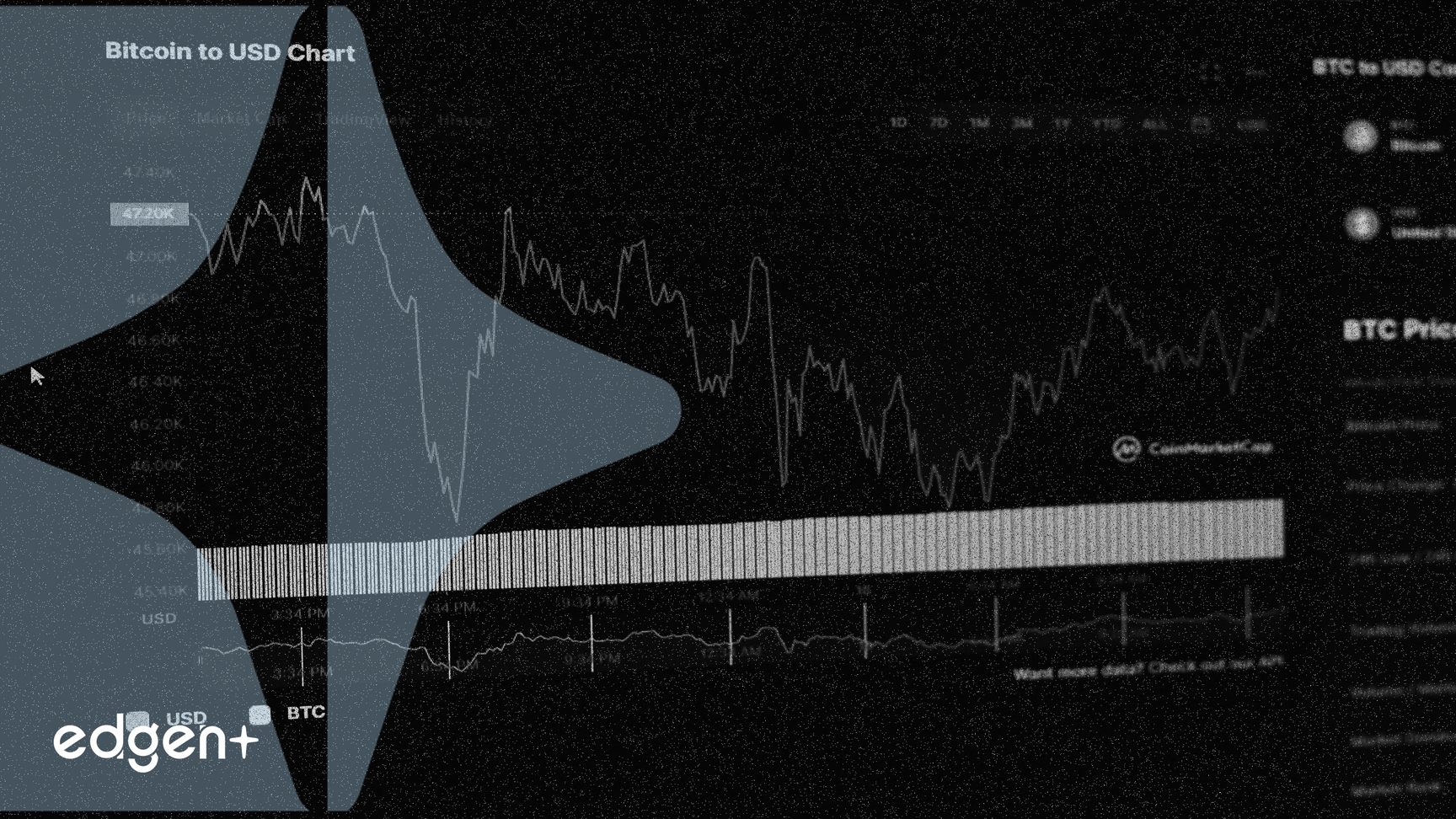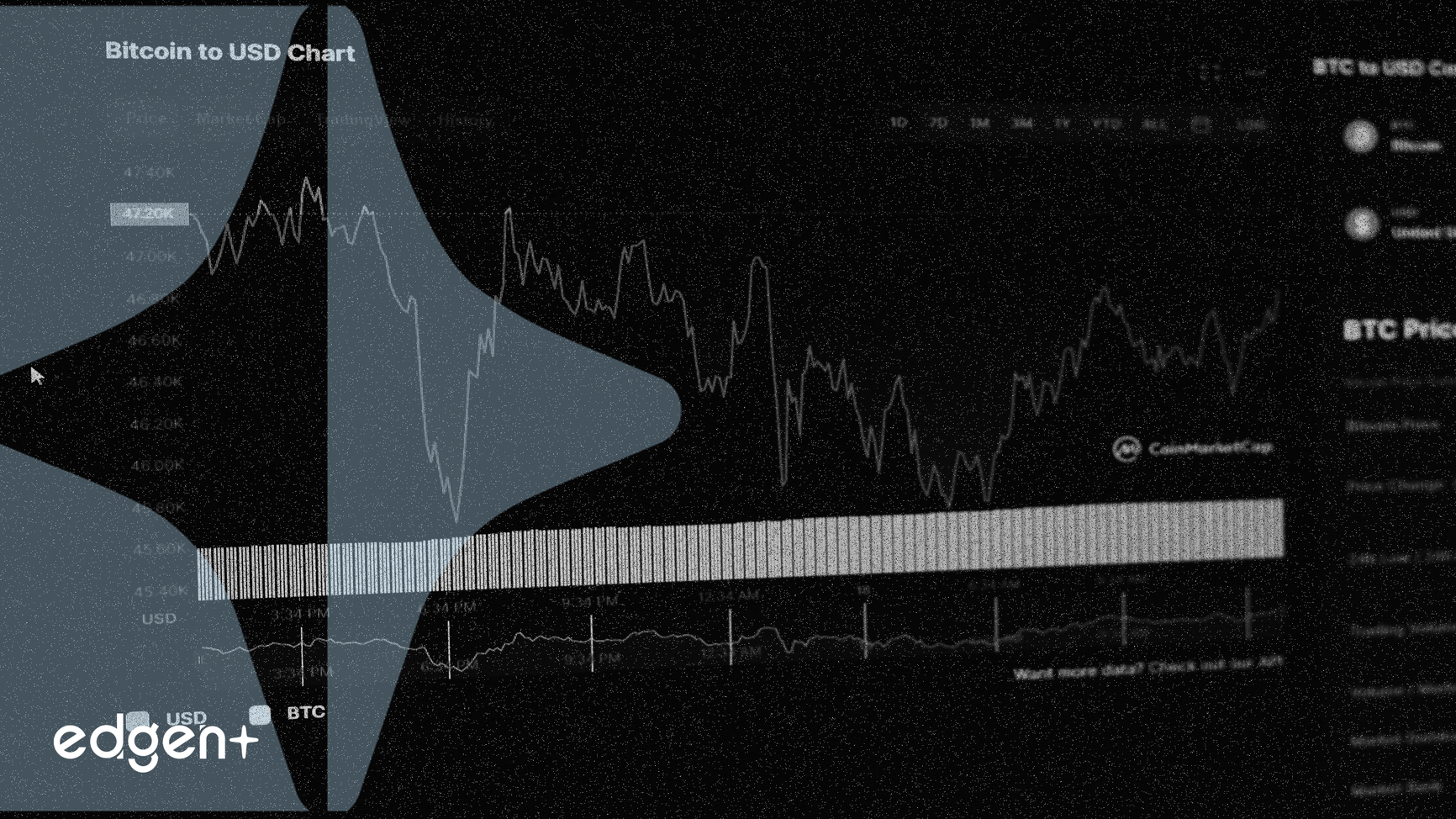American Express stock gained 11% in August, driven by market optimism over expected Federal Reserve interest rate cuts, which is anticipated to boost economic activity and consumer spending.
U.S. equities saw notable movements in August, with American Express (AXP) stock registering an impressive 11% gain. This advance was largely driven by increasing market optimism surrounding anticipated interest rate reductions by the Federal Reserve, a development expected to stimulate broader economic activity and consumer spending.
Factors Driving Performance
The significant rise in American Express shares during August reflects investor confidence that a lower interest rate environment will translate into improved operational conditions for the financial services giant. Lower interest rates typically reduce borrowing costs for consumers and businesses, fostering increased spending and investment. This favorable economic backdrop is particularly beneficial for American Express, given its substantial exposure to consumer spending and lending.
Data from CME FedWatch indicates a 90% probability of a 25-basis-point rate cut by the Federal Reserve in September 2025. This anticipation has prompted a recalibration of portfolios across global markets, with capital flowing into sectors poised to benefit from reduced borrowing costs. While this has led to a rotation in equity markets, impacting some high-growth technology stocks, companies like American Express are well-positioned to capitalize on the renewed economic dynamism. Lower interest rates are also expected to contribute to a reduction in default rates for the company, further bolstering its financial health.
Financial Performance and Strategic Positioning
American Express demonstrated robust financial performance in the second quarter of 2025, with consolidated total revenues net of interest expense reaching a record $17.9 billion, marking a 9% increase year-over-year on a currency-neutral basis. Adjusted earnings per share (EPS) also saw a significant rise of 17%. The company's fee revenue experienced a substantial 20% year-over-year increase, accounting for over 13% of its total revenue. Billed business, a key indicator of customer spending, grew 7% year-over-year on an FX-adjusted basis to $416.3 billion.
The company's unique business model, characterized by its focus on affluent consumers and a closed-loop network, provides it with greater control over its revenue streams and differentiates it from competitors. This strategic positioning allows American Express to act as its own bank, generating revenue not only from transaction volumes but also from deposits and annual fees. The resilience of its high-spending cardmembers, who are less susceptible to economic downturns, further enhances its stability. American Express has a nearly double revenue compared to Visa, despite having a smaller card membership base.
From a valuation perspective, American Express is currently trading at a price-to-earnings (P/E) ratio of 23.2, which is near its 3-year high. Its price-to-book (P/B) ratio of 7.12 and price-to-sales (P/S) ratio of 3.39 are also nearing historical highs. The company reported a strong Return on Equity (ROE) of 36% in Q2 2025, underscoring its capital efficiency. Furthermore, its net write-off rate declined to 2.0% from 2.1% a year ago, performing approximately 40% better than industry averages for millennial and Gen Z cohorts.
Leadership Commentary
Stephen J. Squeri, Chairman and Chief Executive Officer of American Express, commented on the company's strong results, stating:
“Our second-quarter results continued the strong momentum we have seen in our business over the last several quarters, with revenues growing 9 percent year-over-year to reach a record $17.9 billion, and adjusted EPS rising 17 percent.” He further added, “We saw record Card Member spending in the quarter, demand for our premium products was strong, and our credit performance remained best in class.”
Outlook and Investor Considerations
Looking ahead, the market anticipates that the Federal Reserve will implement three 25-basis-point rate cuts in 2025, with the first expected in September. This would bring the federal funds rate to a range of 3.25–3.5% by early 2026 from its current range of 4.25–4.5%. Such a shift, driven by moderating inflation and cooling labor market data, is expected to boost overall economic activity, creating a sustained favorable environment for American Express. The company has reaffirmed its full-year guidance for revenue growth of 8 to 10 percent and EPS between $15.00 and $15.50, indicating confidence in its ability to maintain momentum and benefit from the anticipated economic tailwinds. The company's strategic focus on premium cards, strong capital position, and consistent capital returns to shareholders further position it for long-term resilience and growth.



